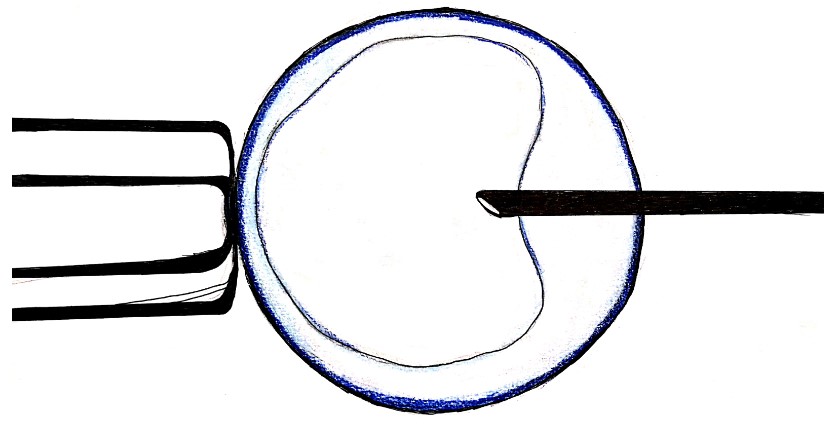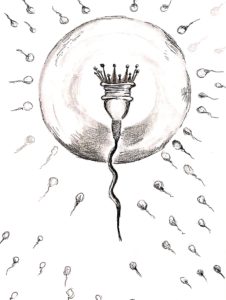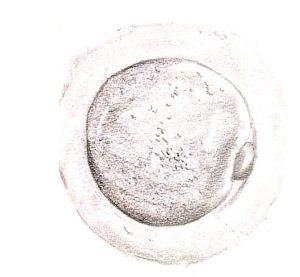One of the parameters measures in standard semen analysis is viscosity or the thickness/stickiness of the ejaculate and its ability to flow. Under normal conditions, a semen sample, which is initially quite viscous, will liquefy within 15 minutes of ejaculation.
Semen hyperviscosity (SHV) is a condition, found in 12-29% of samples, where liquefaction does not occur and the sample remains abnormally viscous. This is problematic because high levels of viscosity can influence the sperm’s ability to move, both in the female reproductive tract following sexual intercourse and in the laboratory, during analysis or preparation for IVF. High viscosity also affects the overall quality of the semen sample and can lead to a lower sperm count, and lower rates of fertility.
Causes
While the exact cause of SHV is unclear, there are several conditions that are known to be associated with it, such as infection and inflammation, male sex gland dysfunction, and diseases that affect male fertility (ie cystic fibrosis).
Treatments
There are both physical and chemical methods of treating semen hyperviscosity in the laboratory. Physically, the lab technician may push the sample through a very thin needle, forcing the semen to overcome the high viscosity. This process is somewhat successful however does not fully correct SHV.
Chemically, it is possible to use a chemical called chymotrypsin, which breaks down the semen proteins causing the condition. This method has been shown to improve the number of high-quality sperm retrieved from a sample. There are also several other chemicals that act similarly to chymotrypsin, such as amylase and dithiothreitol.
Some more direct treatments include prostatic massage and over-hydration, however, neither method has been shown to be effective.
In cases where SHV is caused by infection, sometimes prescribed antibiotics will be helpful. In cases where inflammation is seen, anti-inflammatory agents can be prescribed and have sometimes been proven to decrease the severity of SHV.



